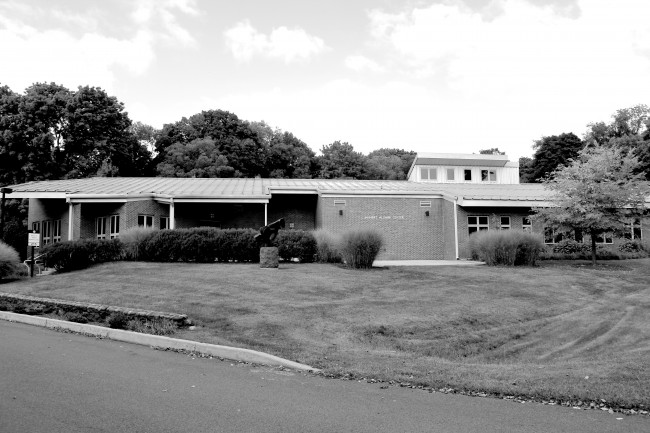

Photo Credit / Jamie Reese
By Kendrick Diaz
SC Staff Writer
East Stroudsburg University was founded in 1893. Lawrence Squeri, Neil Hogan, and Peter Nevins, all ESU alumni, authored “Pride and Promise: A Centennial History of East Stroudsburg University” in an attempt to record its then 100 year history.
According to their publication, ESU was originally a private, state-licensed twoyear normal school called East Stroudsburg State Normal School (ESSN).
It was intended to be a teacher-training institution, and opened in response to the growing need for more educated teachers in Pennsylvania.
ESSN’s first class of 485 students, all training to become teachers, paid only $64.00 for their initial Fall semester. That equates to about $1,697.42 today.
ESSN became East Stroudsburg State Teachers College (ESSTC) in 1927, marking its evolution to a four-year institution and keeping up with increasing standards for teachers.
The two-year normal program was phased out by 1932 when a B.S. in education was required for all those aspiring to teach.
Enrollment suffered because of World War II. The number of full-time students went from 550 in 1940 to 267 in 1945. Post war, however, the number increased again, reaching 1004 by 1950. Squeri notes “37 percent of the student body consisted of veterans.”
ESSTC once again underwent a name change in 1960; it became East Stroudsburg State College (ESSC). Governor Lawrence was responsible for this step in ESU’s evolution.
He believed that state colleges should also offer affordable programs for those who had no interest in teaching. As a result, ESSC grew from having 1,039 students in 1956 to 2,245 in 1968.
ESSC did not grow at the same rate as other competing state colleges, some of which grew up to 616 Percent while ESSC only grew 116 Percent. Harrisburg did not plan for our school to experience high growth, and Dr. Koehler, the college’s president at the time, did not want the school to grow.
Nevins argues: “Dr. Koehler could have fought Harrisburg’s low-growth policy. A college could create pressures that would force Harrisburg to erect more buildings,” such as admitting more students than for which there are dormitories, like Bloomsburg, which had 37 percent of its students living off campus, at the time.
ESSC became ESU as it is known today in 1983 under President Dennis Bell.
In 1991, ESU was home to 5,494 students, and Hogan remarks that the 1980s to early 1990s “were fat years because of the rise in enrollment” and that “the pessimists … who predicted empty classrooms were wrong.”
ESU has grown to about 7,000 students, but has had an inconsistent growth rate in recent years with a recent decrease in student enrollment.
Email Kendrick at:
kdiaz4@live.esu.edu
